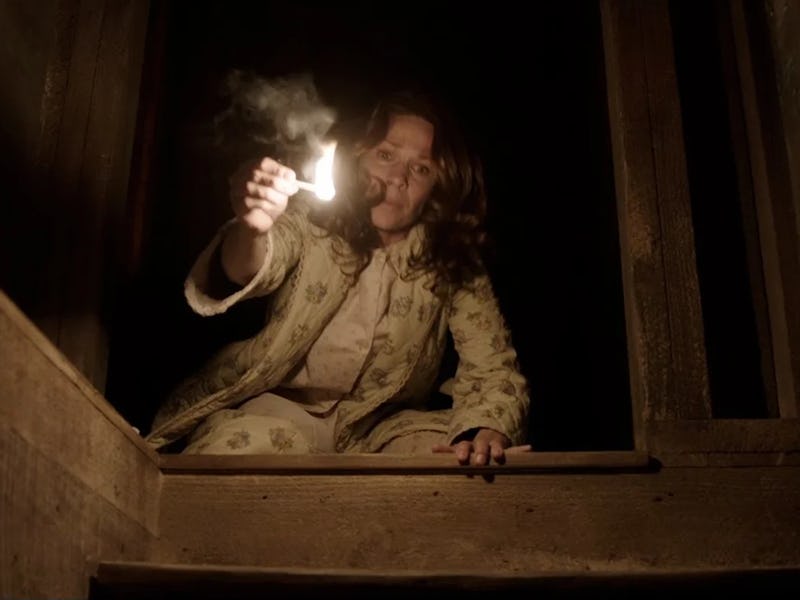It’s hard to reinvent the haunted house story, but in 2013 James Wan managed just that
This iconic horror film may be the purest example of Wan's talent.

There aren’t many contemporary filmmakers who have had as much success in the Hollywood studio system as James Wan. The Malaysian-born director achieved mainstream recognition in the early 2000s with Saw, which spawned a horror franchise that Hollywood still hasn’t abandoned. While he spent the next few years struggling to replicate Saw’s success, Wan kicked off a new chapter of his career in 2010 with the horror smash hit, Insidious.
Three years later, Wan topped himself by directing both Insidious: Chapter 2 and The Conjuring. As with most of Wan’s horror films, the latter spawned a franchise that’s since become the highest-grossing in horror movie history. However, while The Conjuring has been followed by multiple sequels and spin-offs — including one Wan-directed 2016 sequel that’s quite good — the director’s original 2013 film is still the purest example of what makes him such a skilled studio filmmaker.
The Conjuring follows Ed (Patrick Wilson) and Lorraine Warren (Vera Farmiga), a pair of paranormal investigators asked to investigate a haunted farmhouse in Rhode Island. The house is occupied by Roger (Ron Livingston) and Carolyn Perron (Lili Taylor), as well as their five daughters, nearly all of whom have experienced terrifying supernatural encounters since moving there. Once Ed and Lorraine show up, the malevolent entity that inhabits the farmhouse only becomes more intent on torturing the family.
The film’s premise isn’t a unique one. The Conjuring doesn’t try to shy away from its familiar haunted house set-up, but remains content to be a straightforward, endlessly entertaining thrill ride. It’s for that reason Wan’s knack for simple storytelling shines even brighter in The Conjuring than it does in his other films.
Thanks to the uncomplicated story, Wan is able to direct The Conjuring as a series of nerve-shredding set pieces. From a solo trip Lorraine makes through the farmhouse to an unforgettable hide-and-seek scene, The Conjuring features far more viscerally effective, operatic horror sequences than most of its contemporaries. The film’s now-famous clapping scene, which follows Carolyn as she tries to find the source of a series of claps that have begun to ring throughout her house, is a particularly good example of how pitch-perfect Wan’s direction is.
Wan constructs the sequence out of long, unbroken takes that follow Carolyn as she wanders through her farmhouse. His wide lenses make the most of the home’s barren spaces, accentuating every mirror and doorway that Carolyn passes. By following Carolyn’s own perspective, Wan is also able to use every pan of his camera to further ratchet up the ever-increasing tension. The director doesn’t use much music throughout the scene either, making the silence of Carolyn’s house and the sharpness of the unseen claps seem that much louder.
Wan then finishes the scene with a true rarity: a jump scare that’s not only effective, but earned. He pulls off equally impressive feats throughout The Conjuring, which tells what is arguably Wan’s simplest story. That narrative simplicity allows his direction to take center stage. As a haunted house-style slice of horror it remains startlingly effective, and even a decade later it’s not hard to see why it launched a whole new franchise.
The Conjuring is available to stream now on Netflix.